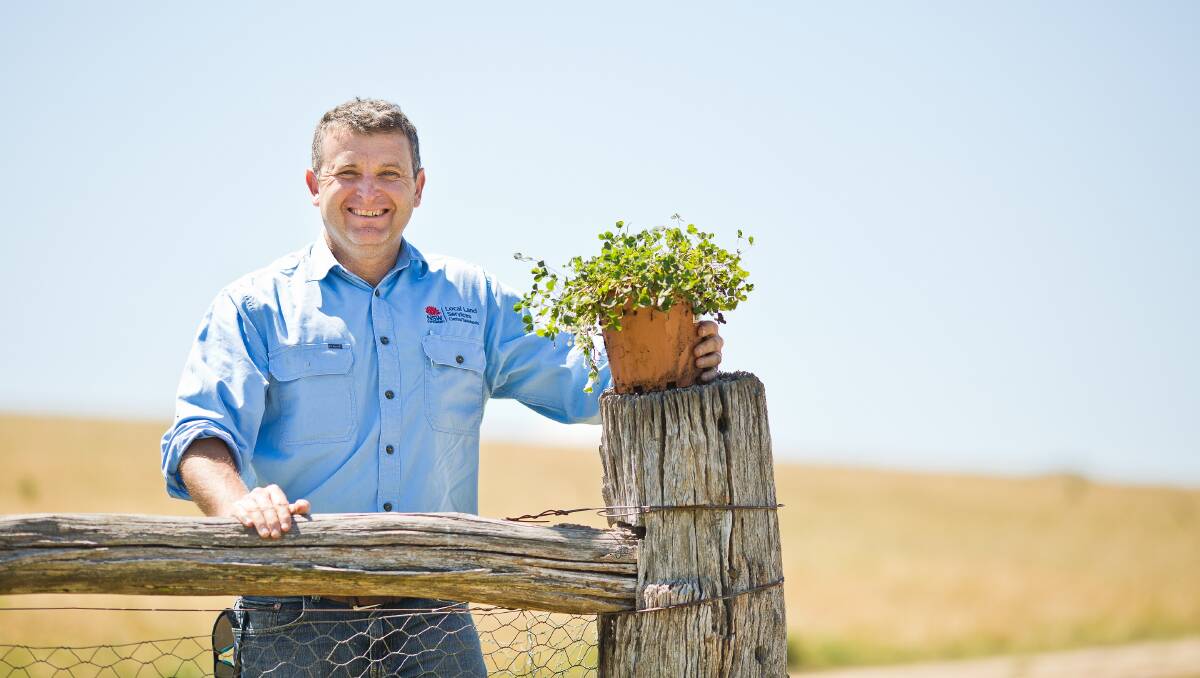
Many of the region's farmers have not seen significant sub-clover pastures since the very wet winter and spring of 2016.
Subscribe now for unlimited access.
or signup to continue reading
However, with autumn's rainfall and ample sunlight getting through to seedlings, a sea of sub-clover is growing.
So what do we do with this abundance of clover? Should we just sit back and watch it grow? Can we do something to benefit our business and soil health in years to come by managing this year's bounty?
Let's assume that we want to explore the later question.
Things you can do now:
- Assess your pastures, using the MLA pasture health kit. On page 20 is the blank pasture composition sheet.
- Dig up sub-clover plants and check current nodulation, a scoring sheet can be downloaded from www.agric.wa.gov.au/mycrop/monitoring-pulse-nodulation.
- Prioritise your pastures, highest to lowest according to composition of sub-clover.
- Allocate sub-clover management resources according the proportion and health of sub-clover and perennial grasses in each paddock.
- Ensure adequate phosphorus and sulphur (P&S) levels by applying P&S rich fertilisers where necessary (well away from waterways and/or drainage lines).
- Apply Molybdenum (Mo), if soil is less than 5.5ph (ChCl) and has not received any Mo in the last four years. N.B. Sodium Molybdate can be a foliar application if P&S soil levels are adequate or Single Super Phosphate with Mo is unavailable. Talk to your agronomist or chemical company for compatibility with herbicides or foliar fertilisers.
- Control annual weeds that are competing for sunlight, nutrients and soil water.
- Read the label of herbicide products to ensure rates and plant back periods for legumes are followed.
- Continuously graze sub-clover pastures in winter and early spring to promote growth and flowering.
- Talk to your Local Land Services District Veterinarian about minimising the risk of bloat and other livestock health issues related to grazing high digestible, high protein sub-clover.
Longer term, we need to start calculating the cost of inadequate soil health.
There may be a tendency to focus on the per hectare cost of the various inputs to correct or maintain soil health.
However, the far greater cost could be the lost opportunity of not running as much livestock and utilising the extra pasture grown in a healthy soil.

